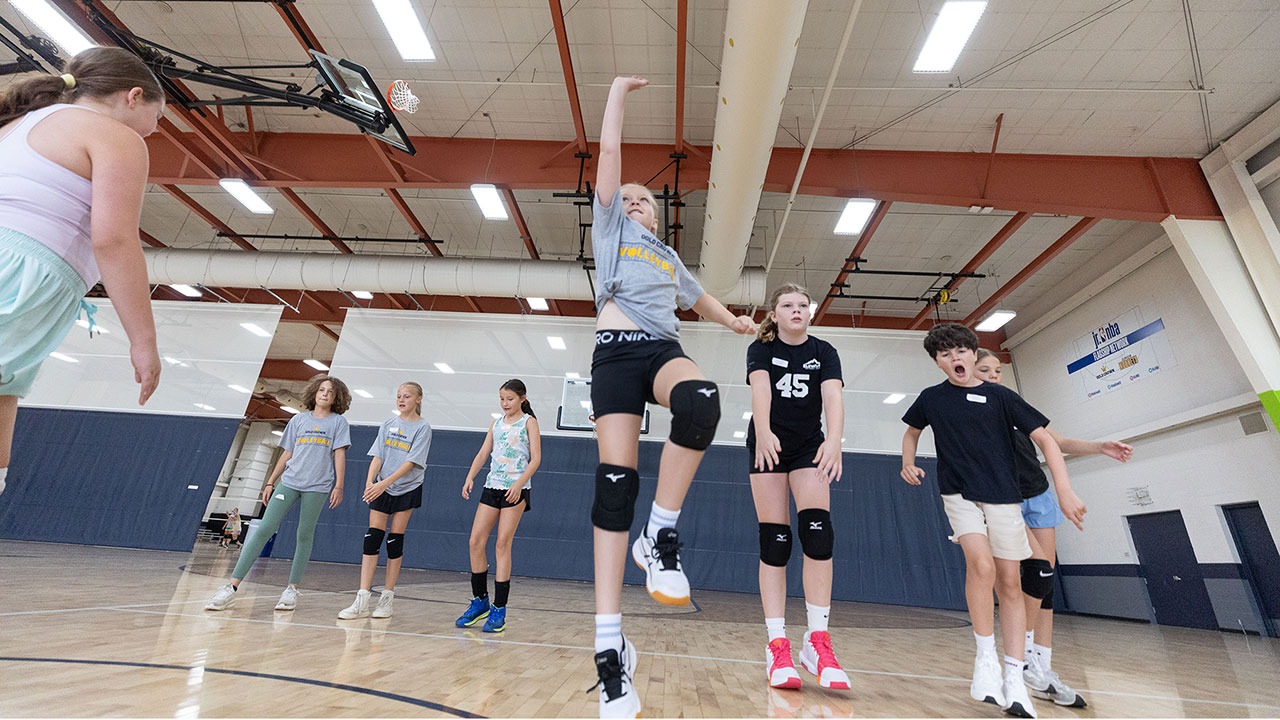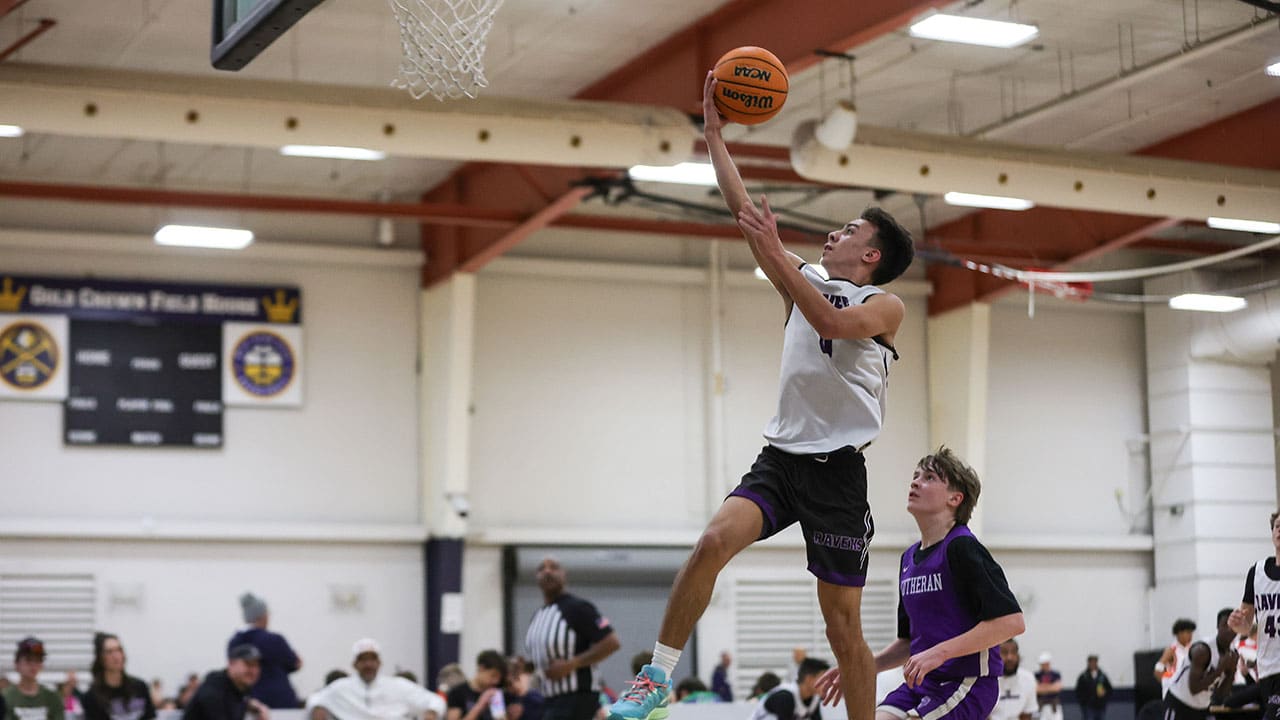Guest Blog with Next Level Sports Performance
Authored by Robert Hulstrom BS, CSCS, USAW Level 1
The vertical jump is one of the most important skills in many sports. But behind every explosive jump is a sequence of carefully coordinated movements. Whether you're going up for a rebound, blocking a hit, or catching a pass, mastering your vertical jump mechanics can enhance both performance and injury prevention. Our partners at Next Level Sports Performance break down the vertical jump into five key phases that combine power, control, and proper technique.
The Set-Up
- Eccentric Phase: Priming the Spring
Purpose: To load the muscles and tendons like a stretched rubber band.
Key Actions:
- Pull hips back and down (like sitting in a chair).
- Quads, glutes, and calves stretch with tension.
- Movement should be quick but not rushed.
Why it matters: This is the beginning of the stretch-shortening cycle. Poor positioning here limits the power you can generate in the next phase.
- Amortization Phase: The Transition Zone
Purpose: To efficiently transfer energy from the loading (eccentric) phase into the drive phase.
Key Mechanics:
- Torso angled forward 45–60 degrees.
- Knees stacked over shoelaces — not too far forward.
- Arms loaded behind: a greater backswing = a bigger jump.
Note: This phase lasts only milliseconds but is crucial to maximizing power output.

The Action
- Concentric Phase: Drive & Explode
Now it’s time to launch.
Drive Phase:
- Push into the ground using your hips, quads, and calves.
Explode Phase:
- Just before toe-off, engage in a max-effort push-off.
Coaching cue: “Push the ground away.” This cue reinforces full-body power transfer and firing upwards.
- Flight Phase: In the Air
Takeoff isn't just about leg power, the arms matter, too. A greater arm swing = greater jump height.
Key Mechanics:
- Arms continue upward to carry momentum.
- Maintain full-body extension through the air.
Sport Specific Examples: Jump shots, rebounding, high-pointing a pass, jump serve…
- Touchdown: Landing Phase
A safe landing is just as important as the jump itself.
Key Points:
- Land softly, knees tracking over toes.
- Absorb impact through hips, knees, and ankles.
- Sports-Specific Variations:
- Single-leg, rotational, or pivot landings
Why it matters: Teaching proper landing mechanics helps prevent injury.

Key Takeaways
Coaching Cues Summary
When you are focusing on jumping at practice or a training session, here are quick cues to prompt your players.
- Eccentric: “Sit back, load the spring.”
- Amortization: “Chest forward, arms back, knees stacked.”
- Drive: “Push the ground away, explode.”
- Flight: “Finish tall, reach high.”
- Landing: “Absorb soft, land athletic.”
Why It Matters
This is a lot of time to put into proper jump technique. However, vertical jump technique improves:
- Explosiveness and control
- Injury prevention
- Transfer of strength to real-game movements
Jump mechanics aren’t just for blocking — they build the foundation for sprinting, cutting, and confidence in the air. Whether you’re a youth athlete or a high-level performer, dialing in your jumping form can take your game to the next level.

